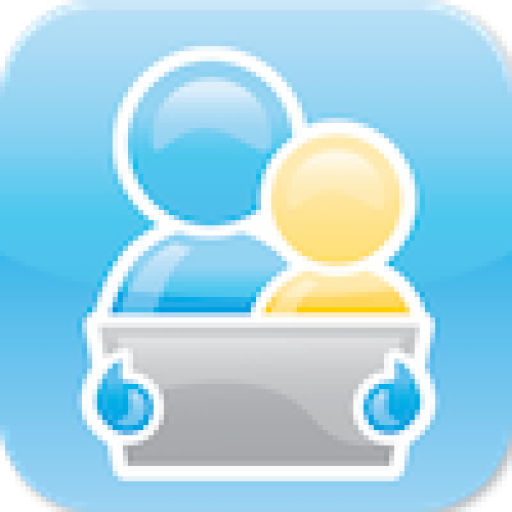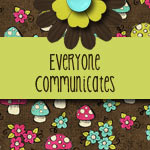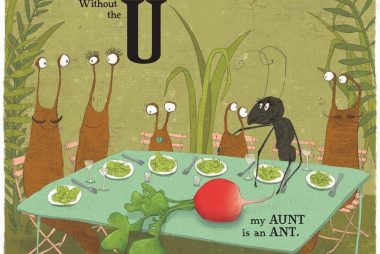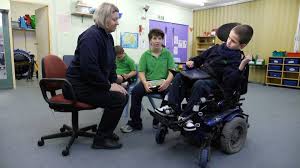AAC Awareness Month: What’s the current state of AAC in English Speaking Countries?
Many of you will be aware of the survey conducted in 2012 by AssistiveWare, in conjunction with professors at the University of San Diego and the California State University. I know I see and hear this survey referenced frequently when people are presenting or writing about using AAC Apps on mobile technology solutions such as












What is “Beginning AAC”?
In May this year David Niemeijer from AssistiveWare and I did a presentation at the AGOSCI Conference on the Do’s and Don’ts of Implementing Real Communication Through AAC. We created a poster to accompany that blog post – and this is one of the follow ups to the poster. One of the things I
Read More